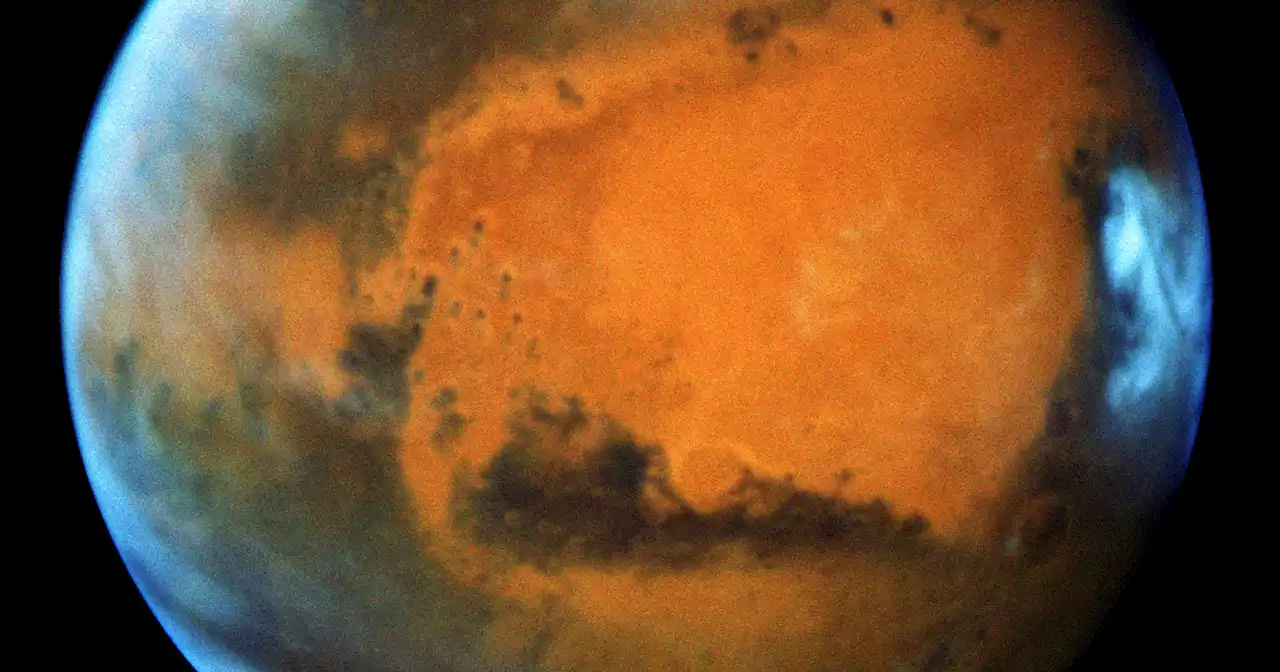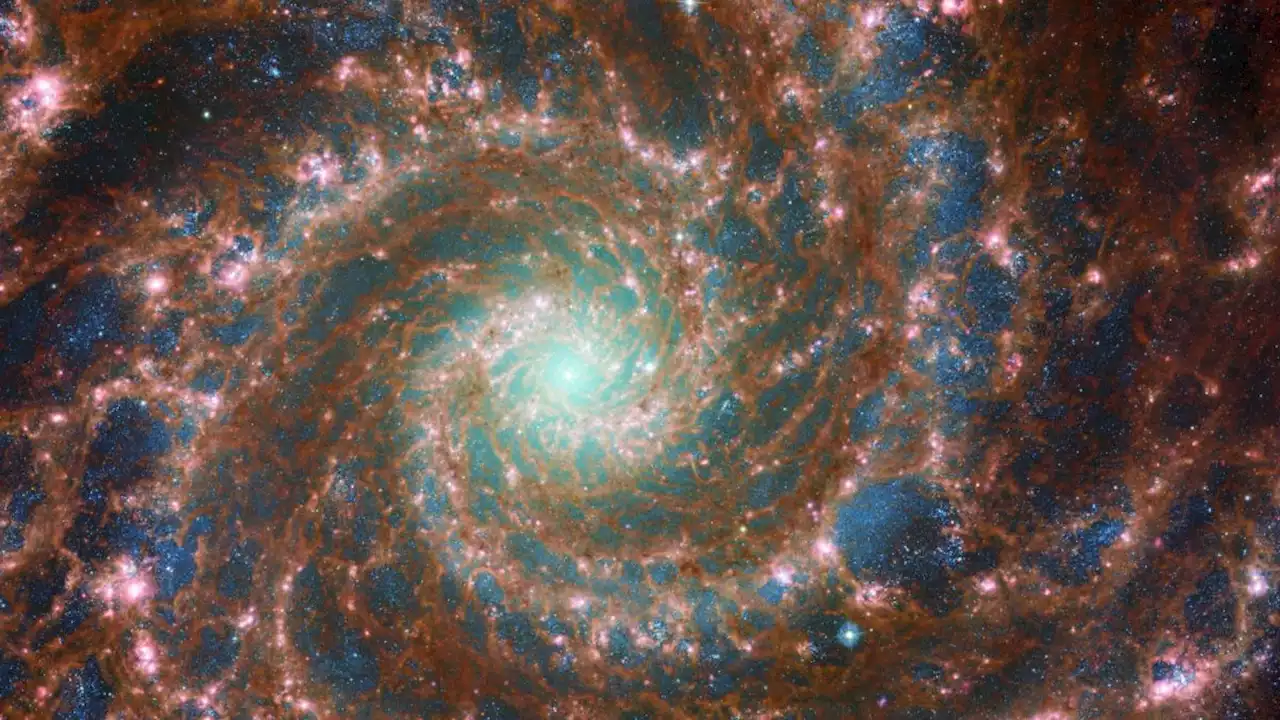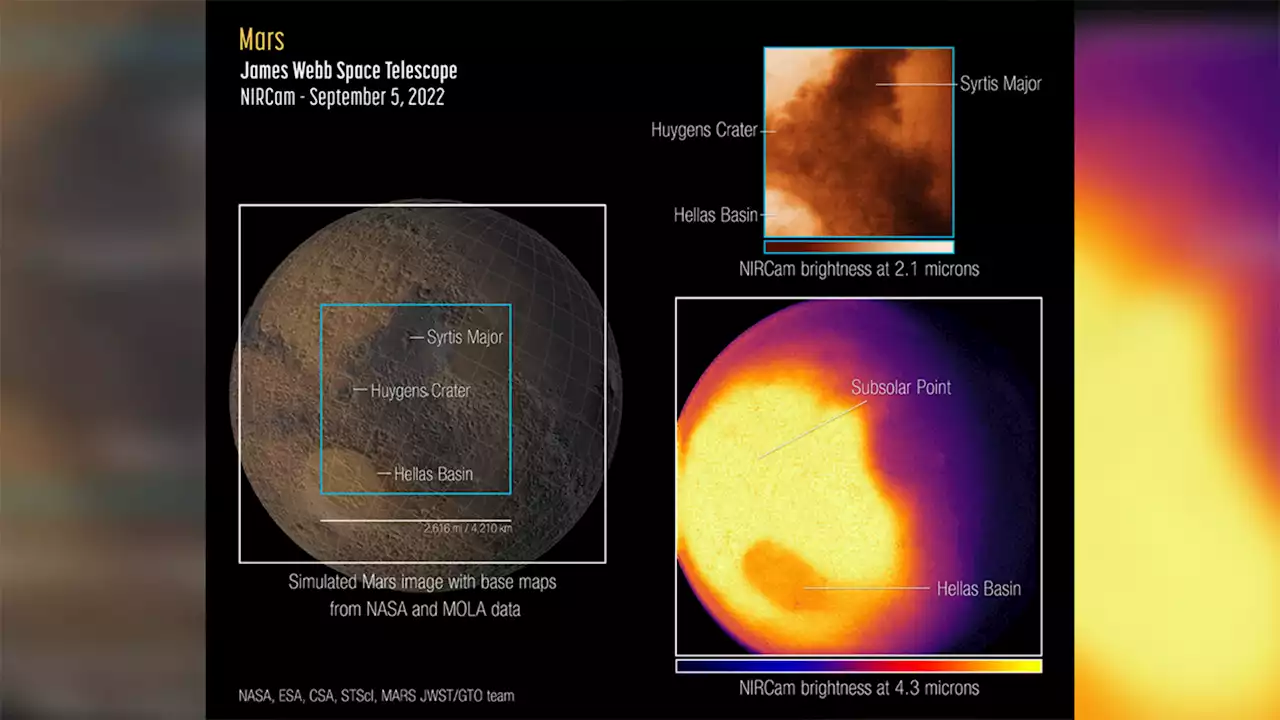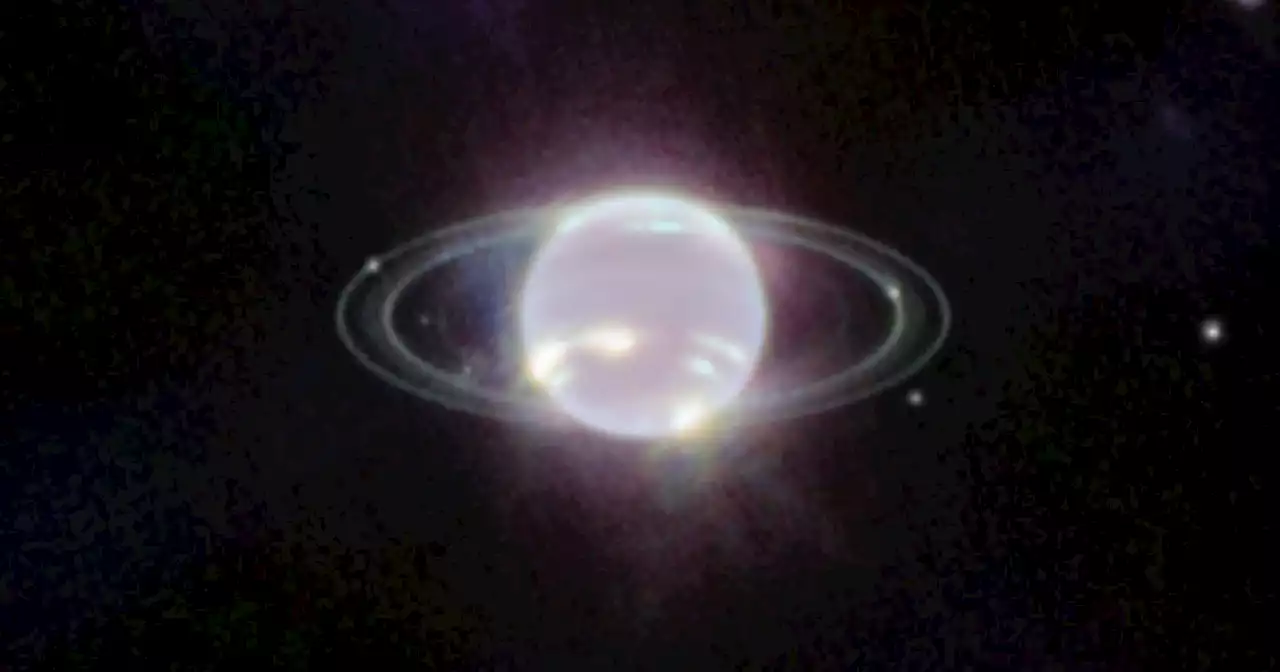Webb's unprecedented infrared imaging capabilities provide a new glimpse into the farthest planet from the sun.
The last time astronomers had such a clear view of the farthest planet from the sun was when NASA's Voyager 2 became the first and only space probe to fly past the ice giant for just a few hours in 1989.
The telescope"takes all that glare and background away" so that"we can start to tease out the atmospheric composition" of the planet, McCaughrean, who has worked on the Webb project for more than 20 years, told AFP. Triton, which is larger than dwarf planet Pluto, appears brighter than Neptune because it is covered in ice, which reflects light. Neptune meanwhile"absorbs most of the light falling on it," McCaughrean said.
"By being able to look at these ones in great detail, we can key into our observations of other ice giants," McCaughrean said.
Indonesia Berita Terbaru, Indonesia Berita utama
Similar News:Anda juga dapat membaca berita serupa dengan ini yang kami kumpulkan dari sumber berita lain.
 Mars Is Mighty in First Webb Observations of Red Planet – James Webb Space Telescope
Mars Is Mighty in First Webb Observations of Red Planet – James Webb Space Telescope
Baca lebih lajut »
 James Webb Targets Mars, Showing Catastrophic Ancient DamageNASA pointed the incredibly powerful James Webb Space Telescope at Mars for the first time, getting a new look at some of the planet's oldest scars.
James Webb Targets Mars, Showing Catastrophic Ancient DamageNASA pointed the incredibly powerful James Webb Space Telescope at Mars for the first time, getting a new look at some of the planet's oldest scars.
Baca lebih lajut »
 Can the James Webb Space Telescope really see the past?Scientists want to use Webb to see the beginning of the universe. How is that possible?
Can the James Webb Space Telescope really see the past?Scientists want to use Webb to see the beginning of the universe. How is that possible?
Baca lebih lajut »
 James Webb Space Telescope's first pictures of Mars could reveal more about the atmosphere | EngadgetThe JWST has captured its first Mars pictures, and they could reveal more about the planet's atmosphere..
James Webb Space Telescope's first pictures of Mars could reveal more about the atmosphere | EngadgetThe JWST has captured its first Mars pictures, and they could reveal more about the planet's atmosphere..
Baca lebih lajut »
 Webb Space Telescope spots blinding light coming from MarsThe James Webb Space Telescope's main goal is to detect faint light from distant galaxies, but it recently observed one of the brightest objects in the night sky: Mars.
Webb Space Telescope spots blinding light coming from MarsThe James Webb Space Telescope's main goal is to detect faint light from distant galaxies, but it recently observed one of the brightest objects in the night sky: Mars.
Baca lebih lajut »
 Webb Space Telescope spots blinding light coming from MarsThe James Webb Space Telescope's main goal is to detect faint light from distant galaxies, but it recently observed one of the brightest objects in the night sky: Mars.
Webb Space Telescope spots blinding light coming from MarsThe James Webb Space Telescope's main goal is to detect faint light from distant galaxies, but it recently observed one of the brightest objects in the night sky: Mars.
Baca lebih lajut »
